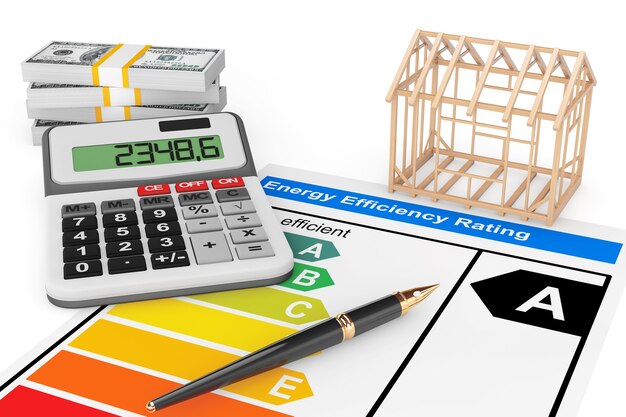What You Need to Know About the Cost of a New Roof
Considering a new roof is a significant investment, often challenging to pin down due to the various factors at play. Whether it's to replace an old, leaking roof or to boost your home’s curb appeal, understanding the cost landscape is crucial to making an informed decision.
Factors Influencing Roofing Costs
The type of roofing materials is one of the most significant determinants of cost. Asphalt shingles, the most common and economical choice, might cost $5,000 to $10,000 for an average-sized home. If you're eyeing longevity and aesthetic appeal, metal roofs could range from $15,000 to $30,000. Slate and tile — known for their durability and classic look — may well exceed these figures, sometimes reaching as high as $50,000 or more.
The size and slope of your roof play a critical role. Larger and more complex roofs require more materials and labor, leading to higher costs. If your roof has steep angles, it might increase the cost due to safety considerations and the difficulty of installation.
Labor and installation costs vary based on location and current market conditions. If you live in an area with a high cost of living or labor shortage, expect to pay more. Additionally, specialized roofs require experts, which could drive prices up.
Understanding Additional Expenses
Beyond materials and labor, don't overlook permits and inspection fees. Local building regulations may require specific permits that can add a few hundred dollars. Be sure to check your city's specific requirements to avoid unexpected fines.
Similarly, consider the removal of old roofing and waste disposal costs. Tearing off an old roof can cost anywhere from $1,000 to $3,500 depending on the size and materials involved.
Financial Assistance and Relief Options
If the prospect of these costs feels overwhelming, know that various financial assistance programs might help ease the burden.
Government Aid Programs
Some local and federal programs offer grants and loans to assist homeowners in necessary home repairs. Exploring opportunities through HUD (Department of Housing and Urban Development) could be beneficial.
Credit Card Solutions
If financing is an issue, some homeowners opt for low-interest credit cards or home improvement loans. Ensure you thoroughly research and compare interest rates to avoid escalating debt.
Educational Grants and Resources
Certain educational resources and workshops available through non-profit organizations can provide guidance regarding sustainable roofing options, potentially saving costs in the long run.
Make a Smart Financial Move
While a new roof is costly, it's also an opportunity to improve your home's energy efficiency and resale value. Weighing your options and finding the right financial assistance could make the burdensome task of replacing a roof not just manageable, but a smart, long-term investment.
🎯 Financial Assistance Options:
- 🏠 HUD Grants: Check eligibility for home repair grants.
- 📉 Low-Interest Loans: Consider credit cards or personal loans for financing.
- 🏦 Home Improvement Loans: Some banks offer tailored loans for roofing.
- 🌱 Energy Efficiency Rebates: Investigate incentives for eco-friendly materials.
- 📚 Non-Profit Guidance: Seek out workshops for cost-saving strategies.
